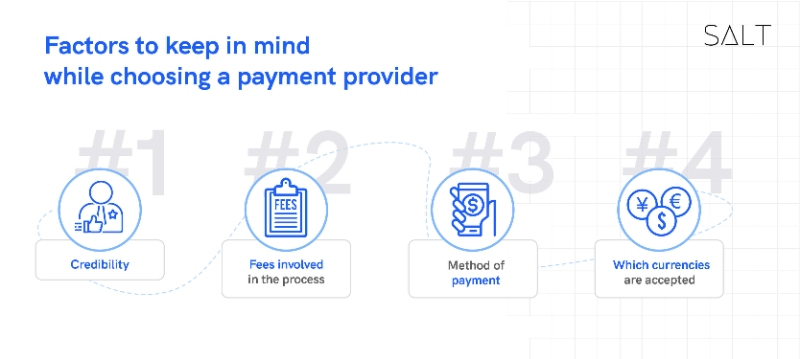
The Indian economy is currently heading in the direction of an unpredictably abrupt transformation. The economy is recovering, but the aftermath of COVID-19 has still left a lasting effect on it. Due to its universal adaptability and independent lifestyle, freelancing is indeed the future of work culture and has easily managed to ingratiate itself into the Indian worldview.
The pandemic time saw companies laying off employees on the one hand and the simultaneous rise of the gig economy on the other. By 2020, there were 15 million freelancers deploying their skillsets to provide momentum to the startup economy in India, and the number has been growing ever since.
Also, since most startups and businesses now choose to use freelancers to work on their projects and handle their needs, the freelance industry is rising continuously and has become a preferred career choice for many today.
India had become the second-fastest-growing freelance market around the globe in 2020, with 46% quarter-on-quarter growth, registered during the same period as a result of the large number of people looking for other employment options after losing their jobs during the pandemic.
Challenges You May Face While Dealing With International Payments
Freelancing is synonymous with self-employment. At the current rate of growth, the gig economy is a full-fledged independent sector in India, adding value. However, business growth is always dependent on potential customers. Indian freelancers' income and payments depend on how much the client is willing to pay for their services and how a freelancer should manage their finances, given that they have to handle every aspect of their work finances.
Usually, the best option for Indian freelancers is to opt for international clients. However, the main problem that freelancers face is the payments. Questions such as how to receive international payments in India or the best way to receive international payments in India pop up.
#1 Exchange Fees
Exchange fees are one of the most difficult aspects of getting foreign freelancing payments. The majority of international customers pay in US dollars or their regional currency. This means that whenever you accept international payments in India, you must pay currency exchange fees. This can range anywhere from 1 percent and 4 percent of the entire sum of the payment.
#2 Credit Card Payments
There are different fees for different payment methods. Suppose you accept international payments in India through the use of platforms like Paypal or with a credit card. In that case, you will be obligated to pay an additional 3 - 4 percent of the total amount in fees.
#3 Time taken for international money transfer
The overall process of receiving payments from abroad can be lengthy and time-taking due to multiple factors such as gazetted holidays in different countries falling on different days and may hinder the process as banks are closed on such days. There is also the fact that with bank transfers, the payment first passes through several intermediary banks before reaching you. This may also lengthen the process when you try to accept international payments in India.
#4 Payments in Multiple Currencies
Another major challenge freelancers face when trying to figure out the best way to receive international payments in India is the payments received in multiple currencies and the need to get them converted into domestic currency before the payments can be credited at the local bank account. As a freelancer, if you are actively taking on international clients from several different countries, there will be multiple types of currencies involved. You will require multiple services or accounts to accept international payments in India.
Factors to keep in mind while choosing a payment provider

#1 Credibility
Online money transactions can be a dangerous business, and you should take the safety of your assets seriously. While trying to find out how to receive international payments in India and also the best way to receive international payments in India, you should be extremely careful and always do thorough research. Going through customer reviews, gathering as much information as you can before opting for any payment service, and understanding the risks can keep you and your payments safe.
#2 Fees involved in the process
Exchange Fees, wire transfer fees, platform fees, etc., are some of the fees you should be aware of when taking on international clients and planning to accept international payments in India. If you do not do enough research and educate yourself about what kinds of fees apply and where and how much they are, you may face many issues. So it is fundamental to know about such fees when dealing with international transactions.
#3 Method of payment
There are multiple ways through which you can accept international payments in India. Bank-to-Bank transfers, wire transfers, payment platforms, credit card transfers, and many more are available at the disposable of Indian freelancers.
#4 Which currencies are accepted
Almost all international internet banking systems accept payments in major currencies. However, if you don't engage directly with companies in those countries and instead work in markets closer to you, you'll want to look for services that cater to those currencies.
Salt: An all-in-one solution for Indian Freelancers
SALT neo-banking solutions provide one of the best ways to receive international payments in India for an Indian freelancer. It provides 24-hour money transfers, and there are no yearly or subscription fees, no other hidden or additional fees, zero markup fees, and no required minimum transfer amount as well.
Salt offers freelancers a complete solution for managing their international finances in the simplest and easiest way possible!


